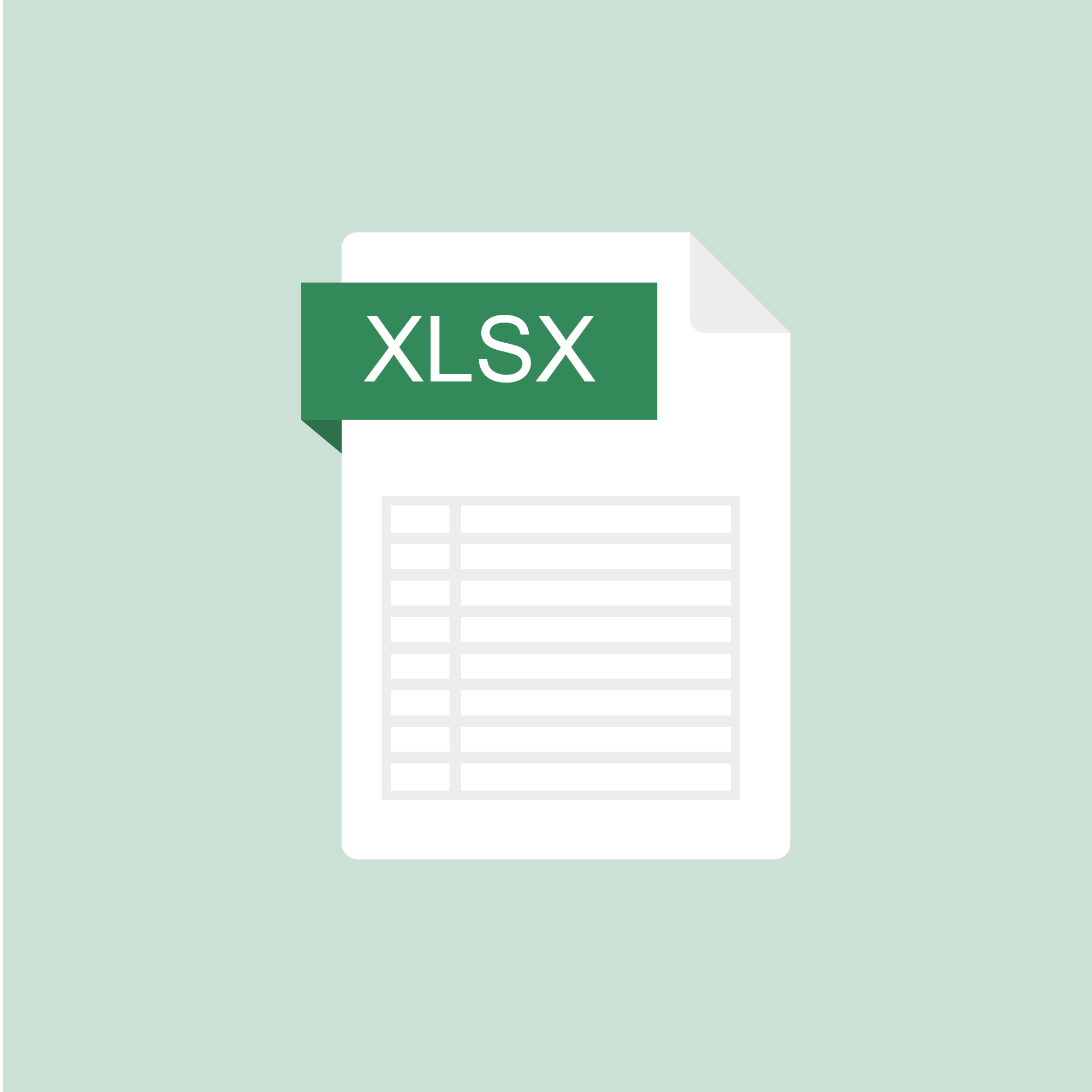Feed
-
The goal of behavior management strategies iText from William & Mary and Texas A&M https://education.wm.edu/centers/ttac/documents/packets/adhd.pdfThe goal of behavior management strategies is to help students learn to manage their ownbehavior. The following strategies are most effective when used in conjunction with evidence-based instructional strategies. Prevention StrategiesHere are some preventive measures that support students in demonstrating positivebehavior. Nonverbal Supports: Together with the student, develop inconspicuous,nonverbal messages such as eye contact, hand gestures, or other signals that teachstudents to recognize the conditions that trigger specific behaviors. Once theBy: Roseeta VioletThursday, Jan 13, 2022CULTURE AND SOCIETY

-
Agri and food Scholar (.docx).docx Test Interventions must be based upon assessment data that includes information about the student’s strengths and needs as well as the environmental conditions in which her characteristics of ADHD occur. Progress monitoring and strategy adjustments are critical to the success of any intervention plan (Wolraich & DuPaul, 2010). The first step in creating classroom supports for students with ADHD is understanding thestudents’ strengths and needs. This involves formal and informal assessment, as well ascollaboration among educational professionals and the students’ families. If a student is not responsive to behavioral strategies and interventions, more intensive interventions, such as functional behavior assessment and behavior intervention plans, should be considered (see Practical FBA). No one intervention is universally effective for all students with ADHD. A combination of research-based and promising practices is recommended. Here are several of these practices: Giving DirectionsMany students with ADHD have trouble following directions. Here are some guidelines that might help address this problem. Number of Directions: Give a minimal number of directions or steps at a time.If necessary, have students repeat the directions to the teacher or a peer partner. Form of Directions: Provide written directions or steps, or a visual model of acompleted project. Teach students how to refer to these items as reminders ofprocess steps to complete tasks. This strategy is particularly helpful for long-termprojects.By: Roseeta VioletTuesday, Jan 11, 2022EDUCATION

-
School Interventions should include a team approach across multiple settingsSchool interventions should include a team approach across multiple settings Interventions must be based upon assessment data that includes information about the student’s strengths and needs as well as the environmental conditions in which her characteristics of ADHD occur. Progress monitoring and strategy adjustments are critical to the success of any intervention plan (Wolraich & DuPaul, 2010). The first step in creating classroom supports for students with ADHD is understanding thestudents’ strengths and needs. This involves formal and informal assessment, as well ascollaboration among educational professionals and the students’ families. If a student is not responsive to behavioral strategies and interventions, more intensive interventions, such as functional behavior assessment and behavior intervention plans, should be considered (see Practical FBA). No one intervention is universally effective for all students with ADHD. A combination of research-based and promising practices is recommended. Here are several of these practices: Giving DirectionsMany students with ADHD have trouble following directions. Here are some guidelines that might help address this problem. Number of Directions: Give a minimal number of directions or steps at a time.If necessary, have students repeat the directions to the teacher or a peer partner. Form of Directions: Provide written directions or steps, or a visual model of acompleted project. Teach students how to refer to these items as reminders ofprocess steps to complete tasks. This strategy is particularly helpful for long-termprojects. Written AssignmentsMany students with ADHD have particular challenges with written work due to finemotorskills difficulties, motor planning issues, and difficulty alternating their attentionfrom a book to their written responses. Students with ADHD may also need assistance breaking a larger task or project into smaller, more workable units. The following strategies can be used to address these needs. Deconstructing Tasks: Break tasks into smaller units.o Limit amount of work per page.o Cover up part of the work on a page.o Allow extra time for completing tasks.o Provide work breaks.o Allow student to use a computer to type or to use speech-to-text software.o Reduce the length of written assignments.By: Roseeta VioletTuesday, Jan 11, 2022CULTURE AND SOCIETY+1

-
What is Attention Deficit Hyperactivity Disorder?Primer text from The College of William & MaryADHD is one of the most commonly diagnosed conditions of children (Centers for DiseaseControl and Prevention, 2015). In a 2016 Centers for Disease Control and Prevention study, scientists found that 6.1 million children aged 2-17 years living in the U.S. had been diagnosed with attention-deficit/hyperactivity disorder (ADHD), which is similar to previous en Ages 6-11: Approximately 2.4 million children Ages 12-17: Approximately 3.3 million children The diagnostic term attention deficit/hyperactivity disorder (ADHD) refers to individuals who display patterns of inattention, impulsivity, and overactive behavior that interfere with daily functioning (American Psychiatric Association [APA], 2013). The Diagnostic and Statistical Manual (DSM) V (APA, 2013) criteria for diagnosing ADHD listthree types of ADHD and the accompanying characteristics.By: Sali HamiltonTuesday, Jan 11, 2022CULTURE AND SOCIETY+1
-
Agri and food ScholarPeer TutoringPeer tutoring is one of the more effective strategies for students with ADHD, because it provides many of the same supports as one-to-one instruction. It facilitates the acquisition of both academic and social skills. Peer tutoring is most effective when training is provided to participating students (Piffner, 2011). Tutors need to be taught how to be prepared with materials needed for the session and howto give positive and corrective feedback to their partner (Greenwood & Delquadri,1995). Cooperative LearningCarefully structured cooperative learning groups in which each student is assigned a role and has clear expectations for desired outcomes are very helpful for students with ADHD. The more structured the cooperative activity, the more likely it is that these students will succeed.Sharing Strategies Think, Pair, Share/Square Share/Group Share: Using thisapproach, students work with peer partners to discuss the lesson, check each other’swork, and share strategies.By: Danny MartinThursday, Dec 23, 2021CULTURE AND SOCIETY+1
-
ADHD Students and Classroom ConsiderationsThe culture of the classroom can either support or create barriers to student success (Piffner,2011). Factors that foster attention, positive behavior, and academic and social success includeestablishing positive relationships with students, adopting classroom management techniques,and creating a physical arrangement that facilitates learning. It is often a positive relationship with one teacher that facilitates school success for a studentwith ADHD (Piffner, 2011). When teachers connect with students and appreciate their unique skills and interests, students are more likely to strive for achievement and positively respond to classroom rules and procedures. When using a proactive approach to classroom management, teachers support all students andcreate conditions that prepare them for learning (Piffner, 2011). Some strategies for positive management include clear directions, meaningful feedback, and opportunities for collaboration with peers. Here are some others. Opportunities to RespondStudents with ADHD often have the most trouble attending during drill-and-practice assignments because of the repetitive nature of the tasks. Peer-mediated approaches such as those enumerated in the next screens are particularly effective for students with ADHD in such cases, because they increase students’ opportunities for engagement and active learning (Piffner, 2011). In creating peer-mediated activities, the teacher may need to choose students whoseskill levels complement each other. Students with and without attention difficulties andimpulsivity should be considered for peer partnerships.By: Sali HamiltonThursday, Dec 23, 2021YOUTH EMPOWERMENT+1

-
Agri and food ScholarPrimer text from the College of William & Mary.https://education.wm.edu/centers/ttac/documents/packets/adhd.pdf Many students with ADHD have significant difficulties with organization. They are more likely to respond positively when teachers establish class routines and set procedures and maintain a well-organized learning environment. Clear rules and advanced planning are keys to success for teachers of students with ADHD. The following organizational supports are particularly useful. Students should be taught to use these tools through teacher modeling and guided practice with feedback before being expected to use them more independently. Assignment Notebook: Provide the student with an assignment notebook to helporganize homework and seatwork.Color-Coded Folders: Provide the student with color-coded folders to helporganize assignments for different academic subjects.Homework Partners: Assign the student a partner who can help recordhomework and other seatwork in the proper folders and assignment book.By: Sali HamiltonThursday, Dec 23, 2021YOUTH EMPOWERMENT+1


Leave a comment